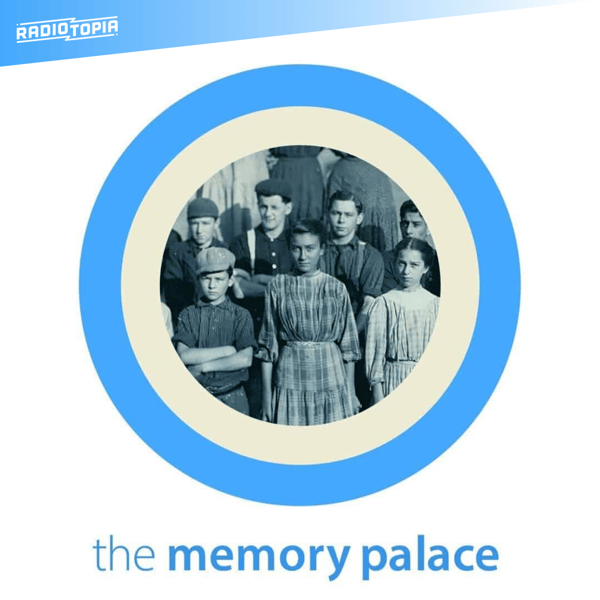Episode 108, Met Residency #5: Temple
the memory palace
Nate DiMeo
4.8 • 7.2K Ratings
🗓️ 18 April 2017
⏱️ 17 minutes
🧾️ Download transcript
Summary
Nate DiMeo is the Metropolitan Museum of Art's Artist in Residence for 2016/2017. He is producing ten pieces inspired by the collection and by the museum itself. This is the fifth episode of that residency.
This residency is made possible by the Metropolitan Museum of Art’s Chester Dale Fund.
This episode is written and produced and stuff by Nate DiMeo with engineering assistance from Elyssa Dudley and research Assistance from Andrea Milne. Its Executive Producer is Limor Tomer, General Manager Live Arts, The Metropolitan Museum of Art.
The Art Discussed * The Temple of Dendur.
Music * As Much as Possible by Bing & Ruth. * Parcel by Melanie Velarde. * Field Hymn by Syrinx. * Wawa by the Ocean by Mary Lattimore. * Turning 16 and Trading Flags by Ben Sollee.
Transcript
Click on a timestamp to play from that location
| 0:00.0 | This is Nate De Mayo, the memory palace. I am currently the artist and residence at the |
| 0:03.9 | Metropolitan Museum of Art. This episode is one of 10 stories I will be producing for and about |
| 0:08.9 | the Met. Now some of these stories from the residency will be hard to follow or properly |
| 0:13.6 | experience if you are not in the museum. This one works, I believe. You can just listen to it |
| 0:20.0 | and enjoy it anywhere. It will definitely work if you've ever been there. You will have likely |
| 0:25.4 | visited and will surely remember the Egyptian temple they have there in a purpose-built room |
| 0:30.7 | with a wall of windows that looks out onto Central Park. This episode is about that place. |
| 0:35.6 | If not, you can see images of it in the show notes to this episode. Or by googling the Temple of |
| 0:41.2 | Dender, that's Dender, D-E-N, D-U-R. In an ideal situation, you would listen to this piece while |
| 0:48.4 | in that gallery with the temple. It doesn't matter whether you are exploring it up close or sitting |
| 0:53.5 | off to the side or wandering around. Take it in as you will, as you listen. This is the memory |
| 0:59.9 | palace. I am Nate Demet. At the start of a timeline of the history of the Temple of Dender, |
| 1:08.6 | there is a story that goes that Caesar Augustus, the first Roman Emperor, the adoptive son of Julius |
| 1:14.4 | Caesar, after defeating Antony and Cleopatra and taking over Egypt, wanted to keep his new subjects in |
| 1:21.4 | line. So he built a number of temples up and down the Nile to the local gods. It was a way to |
| 1:27.9 | show the folks there that the new boss wasn't so bad. He wasn't going to force some weird new |
| 1:32.4 | religion down their throats. And it was a show of Largeste, a splash of cash on a public works project. |
| 1:39.5 | He picked Dender or his people picked Dender, just north of Aswan. Because there was a smaller |
| 1:45.3 | temple there already, two two princes who drowned nearby in the Nile, and had through some mechanism |
| 1:51.4 | of belief that held sway for a relatively brief time in ancient Egypt, become gods. And so the people |
| 1:57.8 | of Dender had been used to going to that spot already to make offerings to deities to ask for |
| 2:02.5 | bountiful harvests and mild flooding and healthy sons who wouldn't drown. And so the Romans signed |
... |
Please login to see the full transcript.
Disclaimer: The podcast and artwork embedded on this page are from Nate DiMeo, and are the property of its owner and not affiliated with or endorsed by Tapesearch.
Generated transcripts are the property of Nate DiMeo and are distributed freely under the Fair Use doctrine. Transcripts generated by Tapesearch are not guaranteed to be accurate.
Copyright © Tapesearch 2025.

